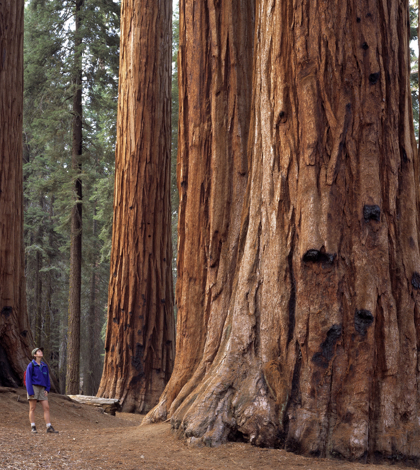The browning of Sequoia trees in Northern California have biologists concerned with whether or not the historic trees can survive the California drought and its severe impacts. The National Park Service, UC Berkley, Stanford and the US Forest Service have come together for the first ever health related study on the Giant Sequoia.
While many of the Sequoias are over 3,000 years old and have undergone a number of droughts, this historic California drought maybe too much for them to handle.
“…there were lots of trees that still seem healthy, but there was this smaller amount that seemed to be stressed and stressed in ways we haven’t seen documented before in the parks,” Koren Nydick, the lead scientist behind the study told NPR.
The study involves more than 40 trees and studying the impact the California drought has had on their existence. Scientists throw a rope over one of tree branches and use rock climbing gear to climb the tree. Once they’re on the branch, they place rainfall sensors on the trees. At the end of August, they’ll pull leaves from the trees, all ranging in differing heights. The scientists will look to see how much water content is in the leaves by using a pressurized chamber.
Knowing the water content will allow scientists to access how stressed the trees are by water content; they will also be able to fly over the forests and know how the Sequoias are handling the extreme heat based on the color of their leaves.
“Being able to relate the measurements that we get on the ground to the airborne data assuming we get a nice relationship, then they’ll just be able to fly periodically over the whole forest and get a map of the tree levels,” researched Anthony Ambrose said.
The group hopes to gather enough data to see the impact El Nino will have on the Sequoias, in addition to the California drought.
 California Water News Daily Your Source For Water News in California
California Water News Daily Your Source For Water News in California


